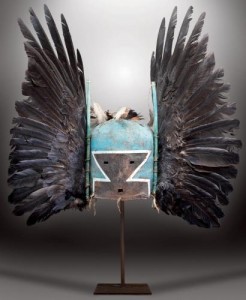By Kirk Boxleitner, The Marysville Globe
MARYSVILLE — Before the Marysville/Tulalip Relay For Life returns to Asbery Field on June 29-30, Relay teams and organizers are offering the community a cavalcade of activities and opportunities to contribute, starting with the “Team Captain Experience” event on Saturday, April 6, from 10 a.m. to 2 p.m. at the Stillaguamish Senior Center.
“The American Cancer Society is passionate about giving tools and information to our Relay teams to help them be successful,” said Stephani Earling, community relationship manager for the Great West Division of the ACS. “This event is designed specifically for Relay team captains, and will include powerful information about the latest in the fight against cancer, tips to make the biggest personal impact you can, networking opportunities, food, fun and more.”
Marysville/Tulalip Relay team captains will be joined at the event by those from Arlington, Stanwood, Granite Falls, Lake Stevens and Camano Island who will be treated to a speakers’ panel on the best practices for getting their teams and communities motivated. Earling advised the team captains to RSVP at least a couple of days before the event by logging onto www.relayrumble.org/westernwa.
Earling explained that such measures, to provide an additional push to get folks interested and involved, tie into this year’s Relay theme of “Relay Big,” which is likewise reflected in the Marysville/Tulalip Relay organizers’ goals of recruiting 80 teams to raise $200,000 this year.
“The ACS does a great job of furnishing participants with the tools and resources to conduct successful Relays, but I’ve already seen great energy from Marysville and Tulalip,” Earling said. “These communities’ levels of awareness about cancer research, and the steps that are being taken to fight back, gives me a lot of hope. They’re on an awesome trajectory.”
The Relay activities on Saturday, May 18, aim to keep that momentum going with “Bark For Life,” “Paint the Town Purple” and “Brewin’ Up the Cure.” For the third year, “Bark For Life” will also return to Asbery Field, from 9 a.m. to noon, for a fee of $20 per dog.
“We’re anticipating a great turnout,” Earling said. “Last year, we had about 35 dogs and their owners attend, and we raised more than $4,000.”
Those who are interested in attending the event, starting a team or making a donation can go to http://relay.acsevents.org/site/TR/RelayForLife/BFLFY12GW?fr_id=46074&pg=entry, or go to www.relayforlife.org and search for “Marysville.”
Earling expressed equal optimism about “Paint the Town Purple,” which gives businesses in the downtown Marysville area the opportunity to decorate their storefronts, in the week leading up to “Bark For Life,” to show support for the Bark and Relay For Life.
“These events are an awesome way for these area businesses to come together for the common cause of bringing awareness to finding a cure for cancer,” said Earling, who elaborated that “Brewin’ Up the Cure” is the coffee stand-specific part of “Paint the Town Purple.” “Each coffee stand will be able not only to decorate their stands, but also to sell little paper stars and moons to their customers, which will be displayed in their windows. All the money raised will go toward the Marysville/Tulalip Relay.”
Earling encouraged participants in both “Paint the Town Purple” and “Brewin’ Up the Cure” to come up with fun and wild decorations and displays, since Relay organizers are framing it as a friendly competition and will be recognizing the businesses who raise the most money and have the best decorations.
In the meantime, Marysville/Tulalip Relay Committee meetings start at 6:30 p.m. on the first Wednesday of each month, and Relay team captains meet at 7 p.m. on the second Wednesday of each month, at the Marysville Holiday Inn Express’ banquet room, across the parking lot from the hotel itself.

















